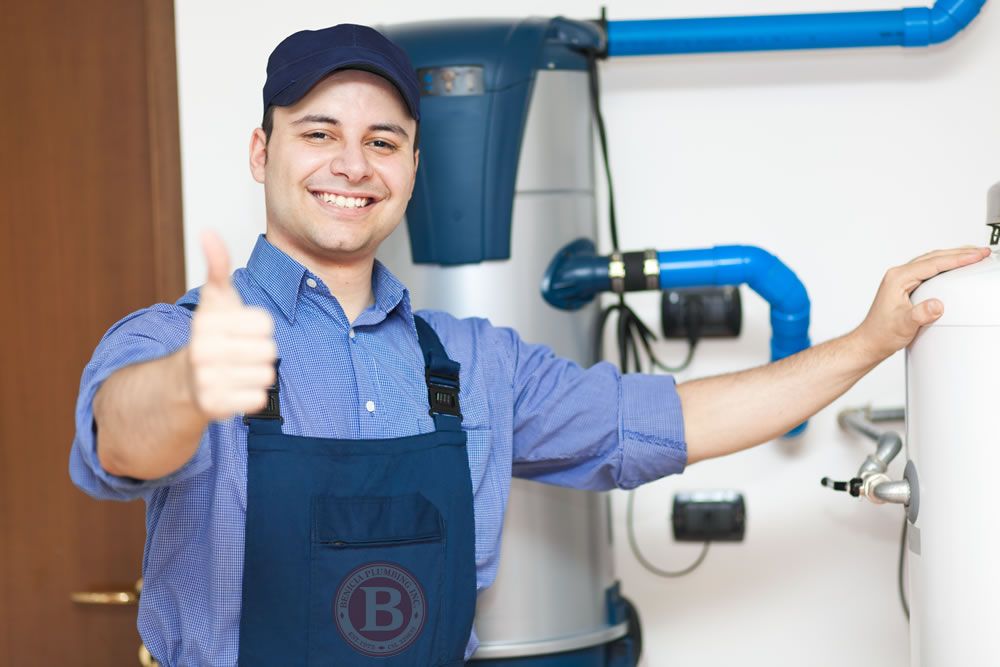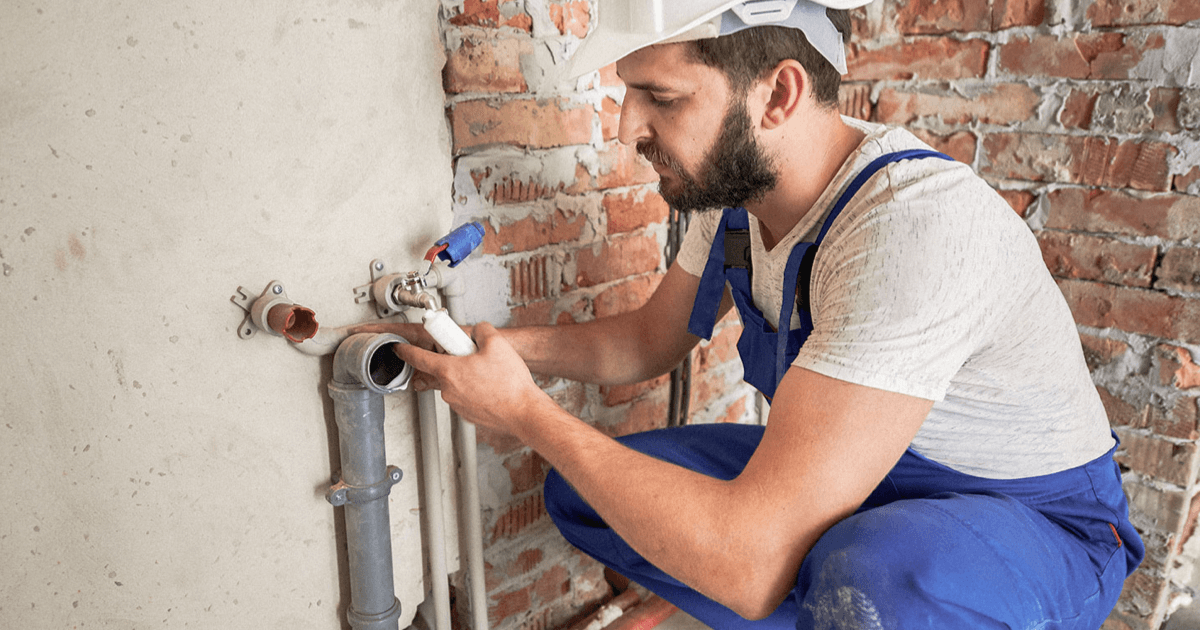Trusted Plumbing Services Alabaster AL for All Your Repairs
Trusted Plumbing Services Alabaster AL for All Your Repairs
Blog Article
A Step-by-Step Overview to Effective Hot Water Heater Setup for Optimum Performance
Getting started on the task of setting up a hot water heater is a venture that requires precision and a methodical strategy for attaining ideal performance. The procedure starts with the important choice of choosing the suitable heating system customized to the specific requirements of your house, taking into consideration factors such as dimension, kind, and power source. Once picked, preparing the installment location to fulfill safety and security standards is extremely important. The journey does not finish here. As you continue, the details of linking water lines and setting up reliable electrical or gas connections await, encouraging insights into making certain performance and integrity.
Choosing the Right Water Heating System

Following, think about the size and capacity of the hot water heater. It's important to evaluate your family's warm water needs, which can vary based upon the variety of occupants and their use patterns. A device that's also tiny may result in insufficient warm water, while a large model may cause unneeded power consumption.
Performance scores additionally play a critical role in selection. Look for hot water heater with high Energy Variable (EF) ratings, suggesting superior efficiency and reduced energy use. Tankless versions, though generally much more pricey in advance, offer considerable power financial savings over time due to their on-demand home heating abilities.
Preparing the Installation Area
Prior to installing a brand-new water heater, precise preparation of the installation location is vital. It's critical to gauge the room meticulously to suit the water heating system's dimensions, making certain ample clearance around the unit for efficient operation and maintenance.
Inspect the flooring for security, as the water heating system will require a strong, level surface to run effectively. If needed, mount a drip pan beneath the unit to catch prospective leakages or spills, protecting against water damage to the surrounding area.
Additionally, make certain that all required tools and materials are on hand before starting the installation. This consists of items such as wrenches, screwdrivers, a degree, and any type of extra hardware needed for safeguarding the heater and placing. A well-prepared installment location sets the foundation for an effective hot water heater configuration, maximizing performance and safety.
Connecting Water Supply Lines
When connecting water supply lines to your recently set up hot water heater, it is critical to ensure that all links are leak-free and safe to maintain effective operation and protect against water damages. Begin by identifying the cold and warm supply of water lines. The cold water inlet is generally noted with a blue tag or a "C", while the warm water electrical outlet is marked with a red label or an "H".
Use flexible hot water heater adapters to help with a simpler installation process. These connectors can absorb vibration and permit for minor motion, lowering the risk of leaks. Prior to attaching the connectors, put a plumbing professional's tape around the threaded ends of the hot water heater's inlet and electrical outlet pipes - Plumbing Services Alabaster AL. This tape functions as a sealant, avoiding leaks. Thoroughly attach the flexible pipes to the corresponding inlet and electrical outlet, guaranteeing that they are limited yet not over-tightened, which can harm the strings.
Once links are in location, slowly turn on the primary water supply valve. Check each connection for leaks by aesthetically really feeling and checking for dampness. see this page Tighten up links as needed, and make sure the pressure safety valve is correctly set up, guarding versus too much pressure accumulation.
Setting Up Electric or Gas Links
Correctly establishing up the electric or gas links for your water heater is a vital action to make certain efficient and secure procedure. For electric water heating systems, start by validating that the electric circuit is suitable with the heating unit's voltage and amperage demands.
For gas water heaters, security is paramount. Attach the gas line to the water heating system making use of a flexible gas connector, ensuring it is correctly threaded and secured with pipeline joint compound or Teflon tape ideal for gas connections.
When links are made, examine for any kind of potential leakages. For gas lines, use a soapy water remedy to the joints; bubbles indicate a leak. For electrical links, double-check that all electrical wiring is protected and correctly protected, maintaining conformity with local electrical codes.
Adjusting and examining for Performance
With the electric and gas connections securely in area, the following action is reviewing the operational efficiency of your water heater. Begin by very carefully turning on the water supply and making certain there are no leakages at any of the joints or valves.
Next, execute an extensive examination to guarantee the burner or burner are operating properly. For electrical heaters, utilize a multimeter to confirm if the elements are attracting the ideal current. In gas models, observe the burner flame; it ought to be stable and blue, indicating efficient burning.
Readjust the settings as essential to eliminate ineffectiveness. Take into consideration applying insulation procedures, such as adding a hot water heater blanket, to additionally boost performance by reducing heat loss. Additionally, inspect the anode pole's problem, as a deteriorated pole can minimize effectiveness and bring about container corrosion.
Conclusion
Reliable water heating unit installation is critical for making sure optimal efficiency and power savings. By selecting the proper kind and dimension, and thoroughly preparing the installment area, a structure for success is developed. Firmly attaching water system lines and thoroughly establishing electric or gas links minimize possible problems. Complete screening for leakages and specific thermostat modifications to 120 ° F boost integrity and performance. Complying with these actions promotes long-term functionality and power conservation in household water heater.

Properly establishing up the electrical or gas links for your water heating system is a critical step to make certain reliable and safe procedure. For electric water heating units, begin by verifying site that the electrical circuit is compatible with the heating unit's voltage and amperage needs. Connect look at this website the gas line to the water heating system using a versatile gas connector, ensuring it is correctly threaded and sealed with pipe joint substance or Teflon tape ideal for gas links.
Report this page